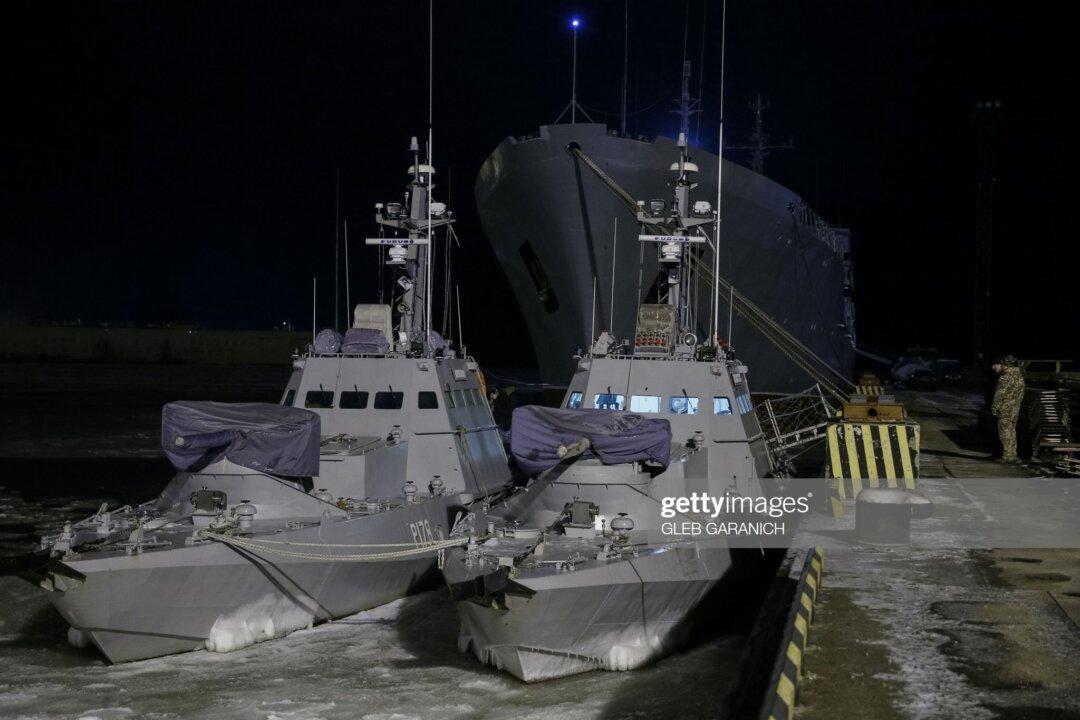Years of painstaking discussion and 18 days of diplomatic frenzy akin to the hothouse environment of a college all-nighter have labored to produce—an abortion.
It is painful for an “ancien combattant” of the arms control wars, well aware that publicly known information is akin to tip-of-the-iceberg so far as the negotiating reality is concerned, to come to this conclusion. But let me compare what is publicly known of the Iran agreement with the textbook case of arms control success: the Intermediate-Range Nuclear Forces (INF) Treaty. The nuclear agreement negotiations have some points in common—and some defining differences.
For the INF treaty, the United States and NATO Alliance negotiated with a hostile, threatening USSR. Moscow had deployed advanced, mobile, medium-range missiles viewed by Europeans as both militarily threatening and designed to split NATO’s alliance between its far away North American components (USA/Canada) and those directly threatened (NATO’s Europeans).





